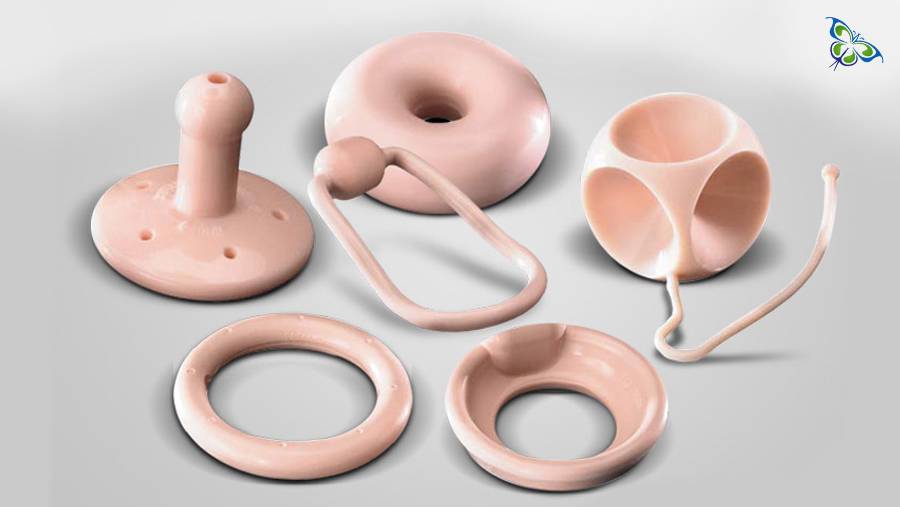
Hello
Select Address

You must have commonly heard the name of Gellhorn pessary. The Gellhorn pessary has a broad disc-like base and a stem. However, there are other types of pessaries too. Let’s begin with: ‘what is a pessary?’
A pessary is one of the urological accessories that is inserted in the vagina to provide pelvic support. Support is needed when there is a pelvic organ prolapse, that is, the muscles and tissues of the pelvic organs have become weak or undergone damage. Pessary insertion is one of the ways of treating a pelvic organ prolapse. Alternatively, one might go for pelvic surgery too.
Before entering into the types of pessaries, one needs to understand the different anatomical needs that require pessaries of different shapes to support them! The shapes are administered not only depending on the stage of pelvic prolapse but also depending upon whether the person is sexually active, she has a uterus or not, the degree of incontinence, etc.
The different stages of pelvic organ prolapse
A mild prolapse is referred to as ‘Stage 1 prolapse’ where the pelvic floor is still supporting the organs but the muscles and tissues doing the job have developed weakness.
In the second stage, the organs have fallen into or beyond the vaginal opening and in the final stage, they have completely fallen beyond the vaginal opening
So, the section that follows will entail a detailed discussion on the different types of pessaries – their varied shapes and functionalities as well.
Different Kinds of Pessaries
The Gellhorn pessary (that we talked about at the beginning of this article) is ideal for individuals who are no longer sexually active. The shape of this is concave with an attached stem. Some people find it difficult to remove this pessary too. The other types of pessaries are –
Ring pessary
This is ring-shaped and serves to provide support. However, a ring pessary does help alleviate conditions of urinary incontinence.
Lever pessary
A lever pessary does not help in incontinence issues either but it well manages stage 1 and a bit of stage 2 prolapses.
Gehrung pessary
Gehrung pessary is one that molds to the shape of the place it is being inserted to.
Marland pessary and Incontinence ring
Both the Marland pessary and Incontinence ring works well in managing urinary incontinence and they work well in the early stages of pelvic organ prolapse. The higher stages are, in fact, managed with space-filling pessaries.
The types of pessaries we discussed so long (of course except the Gellhorn one) are all 'support pessaries. The 'space-filling' pessaries are ones that are needed for the higher grades or later stages of the pelvic organ prolapse (that is when the organs have fallen beyond the vaginal opening).
One of the first choices of space-filling pessaries is the Gellhorn Pessary. The 2 other popular space-filling pessaries are donut and cube pessary.
The Donut Pessary
Cystocele and rectocele prolapses are managed with donut pessaries. They are in the shape of a thick ring that are a bit difficult while removing.
The cube pessary
One needs to be careful with the use of a cube pessary. They are cube-shaped and often cause a bad smell.
Maintaining your pessary
As per expert recommendations, pessaries must be cleaned regularly with mild soap and warm water. Before re-inserting it needs to be ascertained that the pessary is thoroughly dry and soap-free. Estrogen and acidifier applications reduce the chances of infections. You might be a little anxious with the insertion and removal of a pessary, but it is pretty easy!
Finally, keep this in mind – if your pessary fits properly it should not hurt and you will not feel it either!